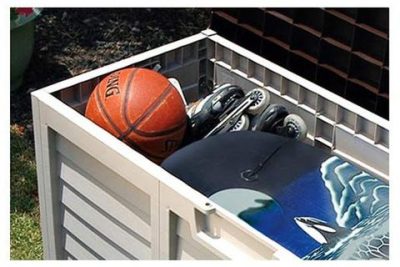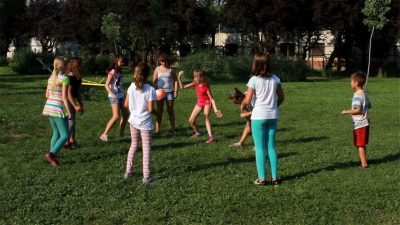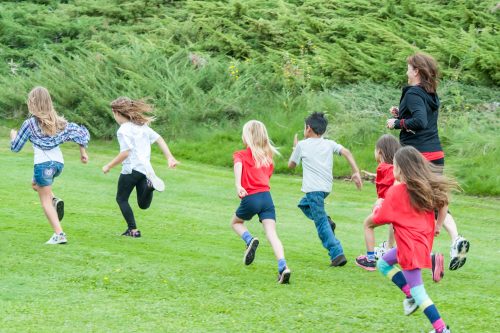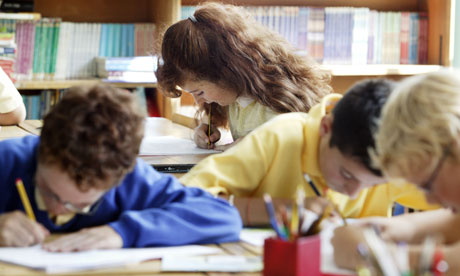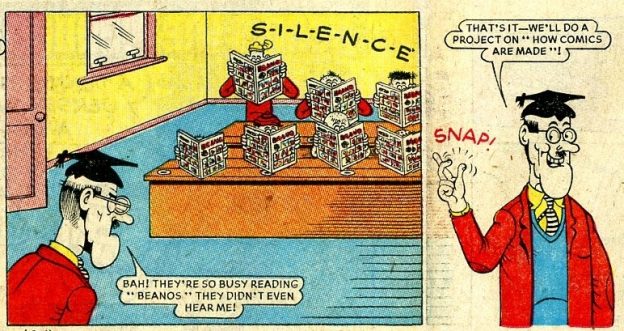Its not very often that I venture into teaching or lesson content as Primary Practice is really all about the practicalities of schools, classrooms and being a teacher.
However I thought today I would give a few thoughts on the teaching of spellings in Primary schools as it has changed markedly over the years and I have to say for the better!
These are broad based thoughts and not in any way definitive – each school will have its own approach to the teaching of spelling and its own combination of strategies – if it works then that’s all that matters.
The National Curriculum requirements:
The guidelines on spelling are really split into 2 sections – one for each key stage.
In key stage 1 the teaching of sounds and patterns is prominent however it is also said that the words given as examples including the exception words should really be taught.
At key stage 2 the word list are statutory and some guidance is given to support their teaching. The NC recommends that phonics teaching is continued as well as the relevance between meaning and spellings.
Spellings are now tested in the KS2 SAT’s in Year 6.
The requirements as set out in the national curriculum are pretty specific and this therefore necessitates that schools must have an organised and progressive approach to the teaching of spelling in order to achieve success in this important area.
There are 4 basic areas involved in a combined approach:
You may use others in your school or they may be variants of the above – but as I have said previously it must be specific to your particular school and the needs of your children.
Phonics:
In my opinion the teaching of phonics now needs to be across the whole school and should not end in KS1.
Many schools have noticed that for varying numbers of pupils their phonic foundations can be poor and of course this leads to increasing problems as the work rate and complexity increases across KS2. In teaching phonics in KS2 it provides opportunity to support these identified children whilst also extending phonics in an active teaching programme.
There are many examples of good phonics programmes that can be used – but for no other reason than I have personally used this one, I will use it as an example here.
The Collins Phonics and Spelling publications extend right across the Primary age range from Rec to Y6 and provides either support for a phonics programme already used in school or as we used it, as a teaching aid for each age group. There are puzzles, games and quizzes. Each level is directly linked to the appropriate spelling objectives and there are differentiation and homework ideas. ( I could almost be on commission!)
Key stage 1 had their own approach to the teaching of phonics based on “letters and sounds” (the gov’t scheme) and Jolly phonics but at KS2 we used to teach phonics every morning for 20 minutes at the beginning of the day based on the Collins scheme.
I have to say that this focus within KS2 had an immediate and positive effect, not only on the pupils spelling but also in their written work and spoken vocabulary.
Links to handwriting:
It is not my intent to delve into the studies and theories behind such links. Most schools now have a taught programme for handwriting across the school. There are proven links between spelling and handwriting and as such, a linked school programme both consolidates and reinforces the taught phonics element incorporated in written spelling patterns.
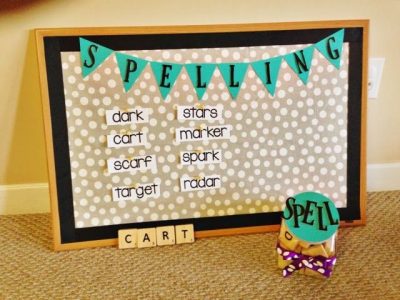
Displays:
Classroom displays are a useful and integral part of the spelling programme – especially if they also incorporate a “working wall” in part of whole.
Displays to reinforce current spelling focus or to encourage spelling challenges or games can bring a colourful and fun element directly into class life which of course is always great!
Not all displays need to directly relate to a taught phonics or spelling programme and topic display boards may contain “topic words” that are important for the children to know and use in their written work.
Here’s a few examples of boards….
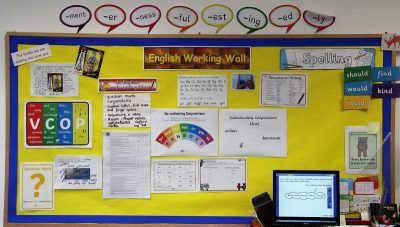

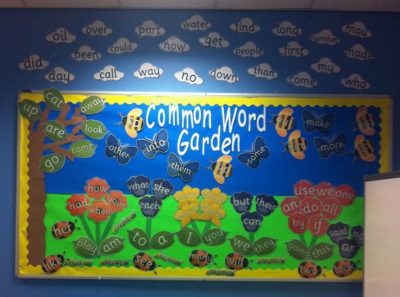 and finally why not go BIG!
and finally why not go BIG!
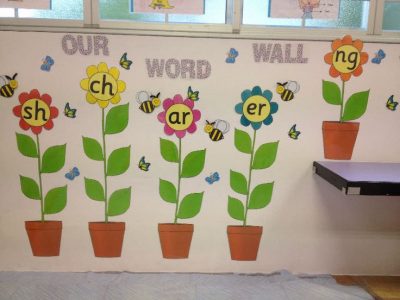
Homework:
Depending on the schools policy towards homework this may possibly provide another option.
Personally I have always sent spellings home to be learnt each week. Using 3 spelling groups in the class, each group was set 10 spellings every Monday to be learnt for a test on Friday. The test not only being on the words themselves but also in sentences to provide context and understanding.
Dependent on the levels and needs of the class; written homework can be set either to indirectly require the use of current phonetic class learning or in some cases, directly to practice and consolidate specific areas.
Again Collins produces Phonic support materials that can be used at home should there be a need for extra support and practice for some pupils..
So there are some thoughts on approaches to teaching spellings in the Primary age range. I am sure that every school will have or will be evaluating their own structures to ensure that all children make maximum progress and achieve success in this vital area. Spellings are a cornerstone of a Childs language; reading, writing, speaking and understanding. They cannot, in my opinion, be taught in isolation as each element is intertwined with all the others – and as such must be taught in a combined approach.
I have seen, on my travels, many many examples of excellent and outstanding practice and have enjoyed hearing and reading examples of terrific work from very proud pupils. It is certainly a testament to the hard work of dedicated colleagues up and down the country and the success speaks for itself.

Charles



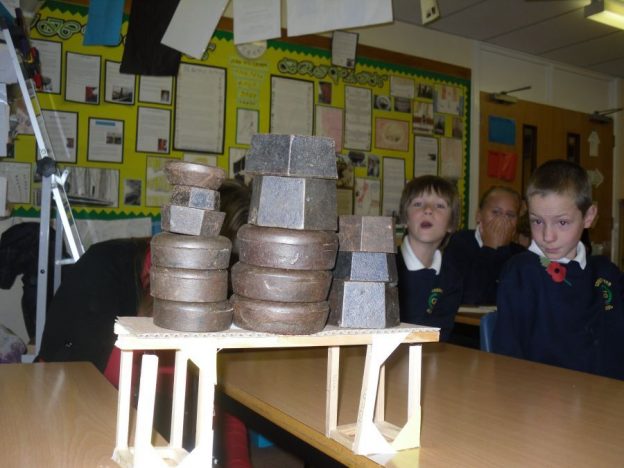



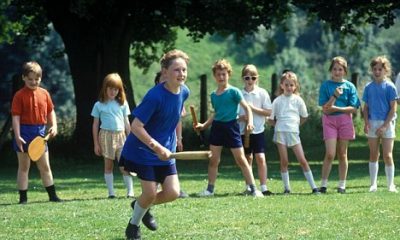
 It doesn’t have to be huge but it does have to be strong – so really we are looking at a plastic box rather than cardboard. I am sure if you have a rummage around school you will be able to find a spare box somewhere or even one that is full of rubbish that you can empty and claim! Make sure it has places to grab so that it can be carried easily. If not then take it home (or ask the caretaker) to drill 2 holes at each end and thread some rope through to make handles.
It doesn’t have to be huge but it does have to be strong – so really we are looking at a plastic box rather than cardboard. I am sure if you have a rummage around school you will be able to find a spare box somewhere or even one that is full of rubbish that you can empty and claim! Make sure it has places to grab so that it can be carried easily. If not then take it home (or ask the caretaker) to drill 2 holes at each end and thread some rope through to make handles.
